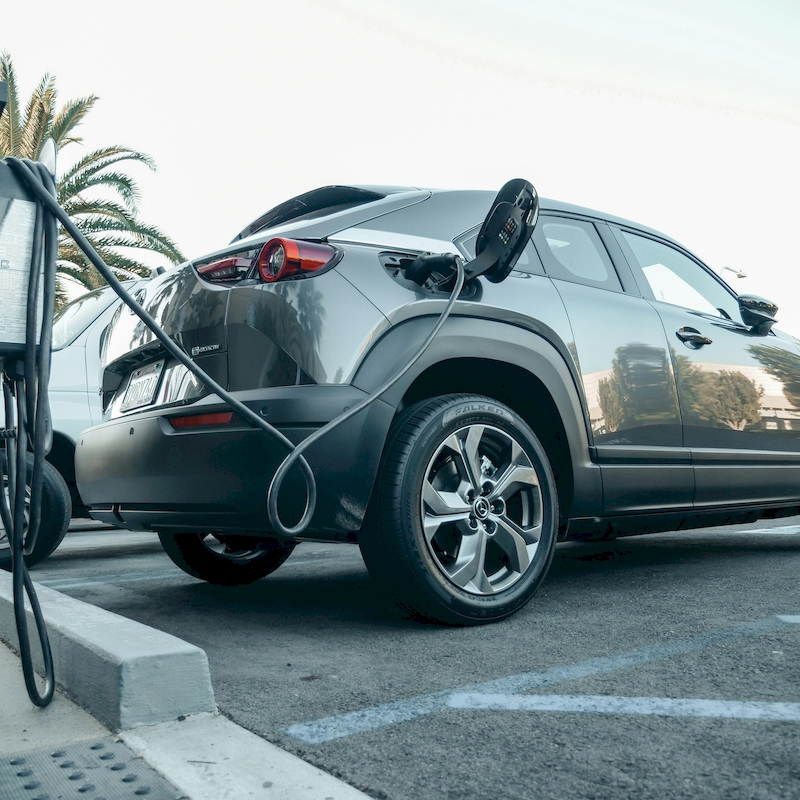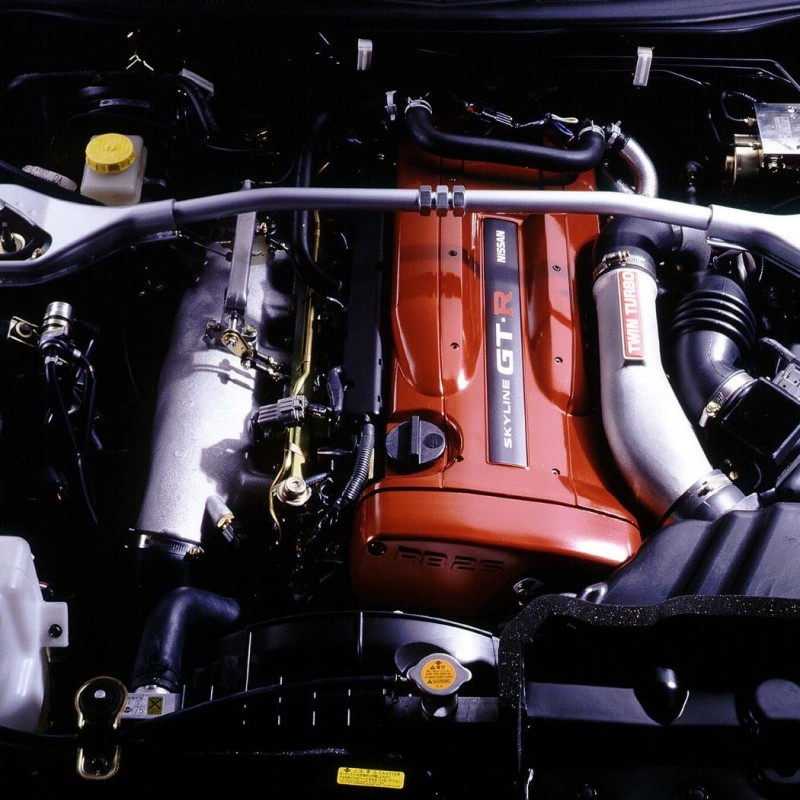Engines are the heart of any vehicle. They are designed to provide the necessary power to move, define efficiency, and sustain performance. However, over time and due to various circumstances, engines can seize, resulting in frustration for vehicle owners. A seized engine is often perceived as a death sentence for a vehicle, sending countless mechanics and DIY enthusiasts into a frenzy. Understanding how to unseize an engine can save you from costly repairs or the heartbreak of parting with a beloved vehicle. In this article, we will delve into the causes of engine seizure, symptoms to look for, and a step-by-step guide on how to unseize an engine effectively. We’ll also discuss preventative measures to ensure your engine remains in optimal condition. So, gather your tools and let’s dive into how to unseize an engine, bringing that lifeless part back to life.

Understanding Engine Seizure
Before exploring how to unseize an engine, it is crucial to understand what engine seizure is and its causes. An engine seizes when one or more of its internal components become locked together due to a lack of lubrication, overheating, or excessive wear and tear.
Causes of Engine Seizure
Several factors can lead to an engine seizing. Some common causes include:
- Oil Starvation: The most prevalent cause is insufficient oil lubrication. Oil breaks down over time, and if not changed regularly, it can fail to protect the engine’s moving parts.
- Overheating: High temperatures can cause components to expand and fuse together. Overheating is often a consequence of coolant leaks, faulty thermostats, or a malfunctioning radiator.
- Corrosion: Especially in vehicles that are not used frequently, internal components may corrode. Water and humidity can enter the engine, leading to rust and seizing.
- Mechanical Failure: Aging or broken components, such as piston rings or connecting rods, can contribute to engine failure and seizing.
- Improper Maintenance: Lack of regular maintenance schedules, including oil changes and inspections, can lead to various engine problems, ultimately resulting in seizing.
Knowing these factors can help you not only understand how to unseize an engine but also prevent the problem from occurring in the first place.
Symptoms of a Seized Engine
Identifying the symptoms of a seized engine early can be pivotal in addressing the issue before it leads to irreversible damage. Common indicators include:
- Difficulty Starting: The engine may struggle to turn over or fail to start altogether.
- Strange Noises: Grinding, knocking, or clanking noises can suggest internal damage or that parts are rubbing against each other.
- Smoke: Excessive smoke coming from under the hood or exhaust can indicate overheating or oil leaks.
- Unusual Temperature: If the engine temperature gauge is reading unusually high, it may be a sign that something is wrong.
- Power Loss: A sudden drop in power or acceleration can indicate that some internal components are compromised.
Recognizing these symptoms allows you to take preventative action, potentially saving your engine from seizing.

Tools and Materials Needed to Unseize an Engine
When embarking on the quest of how to unseize an engine, having the right tools and materials is essential. Here’s a comprehensive list to prepare you for the task:
Basic Tools
- Socket and Ratchet Set: Essential for removing engine components.
- Wrenches: Both standard and metric sizes come in handy.
- Screwdrivers: Flat and Phillips screwdrivers for various fasteners.
- Pliers: For gripping and holding parts while you work.
Specialized Tools
- Breaker Bar: A long lever used to apply torque to fasteners.
- Engine Hoist or Cherry Picker: Useful if you need to remove the engine from the vehicle.
- Torque Wrench: To ensure fasteners are tightened accurately when reassembling.
Materials
- Penetrating Oil: This helps to break up rust or corrosion that may be causing components to seize together.
- Engine Oil: Vital for lubrication once the engine is unseized.
- Coolant: If overheating was the issue, replacing the coolant is crucial.
- Gasket Maker or Replacement Gaskets: Necessary for re-sealing components when putting the engine back together.
- Cleaning Supplies: Such as rags, brushes, and degreasers for cleaning parts and removing debris.
Having these tools ready can facilitate the process. It’s always best to prepare for the worst so that you are not caught off guard during the unseizing process.
Step-by-Step Guide on How to Unseize an Engine
Now that you’ve gathered the necessary tools and materials, it’s time to dive into the practical steps on how to unseize an engine. Follow this comprehensive guide carefully.
Assess the Situation
Begin by confirming that the engine is indeed seized.
- Attempt to turn the crankshaft using a breaker bar on the crankshaft pulley bolt. If it does not budge, you can proceed.
- Remove the spark plugs, which will help relieve pressure from the cylinders and give you a clearer indication of the issue. Check for signs of oil or coolant leaking from the cylinders.
Apply Penetrating Oil
If you’ve confirmed the engine is seized, it’s time to break the bonds:
- Spray a generous amount of penetrating oil (e.g., WD-40 or PB Blaster) into the spark plug holes. It may take time for the oil to penetrate, so allow it to soak in.
- After soaking for a few hours or overnight, try turning the engine again with the breaker bar.
Use Piston Movement Technique
If the engine still cannot be moved after applying penetrating oil, you can try to free the pistons manually:
- Remove the oil pan to access the connecting rods and pistons.
- Using a wooden block, gently tap on the pistons in both directions. This might help break any corrosion that might be causing them to stick.
Heat Application
If the above methods still fail, consider mild heat:
- Utilize a heat gun or torch to gently heat the area around the cylinder heads or the oil pan where the pistons are. This can expand the metal and help break the bonds.
- Be cautious while heating to avoid damaging any seals, gaskets, or electrical components.
Reassess and Retry
After applying penetrating oil, tapping the pistons, or using heat, try turning the crankshaft again:
- If it still does not budge, you may need to continue the process, adding more penetrating oil and waiting longer.
Complete the Repair
Once the engine is freed, it’s time to address any underlying issues:
- Examine all components for damage. Look for cracks, wear and tear, and make a detailed list of necessary repairs.
- Replace any damaged components, including gaskets, seals, and belts. Ensure the cooling system is functioning correctly, as this can prevent future overheating.
- Finally, refill the engine with fresh oil and coolant. Start the engine slowly and listen for any unusual noises. If it runs smoothly, congratulations—you’ve successfully unseized the engine!
Preventative Measures to Avoid Engine Seizure
While knowing how to unseize an engine is valuable, preventive measures can significantly reduce the chances of seizing in the first place:
Regular Maintenance
Following a regular maintenance schedule is critical. Change the engine oil at prescribed intervals, check fluid levels regularly, and replace any worn components before they can cause damage.
Monitor Engine Temperatures
Always keep an eye on the temperature gauge. If it begins to rise, pull over to allow the engine to cool and evaluate potential issues.
Address Leak Issues
If you notice oil or coolant leaks, address them promptly. Ignoring them can lead to more significant issues down the line, including engine seizure.
Performance Upgrades
Consider performance upgrades, such as better cooling systems or high-quality oil filters, which can enhance engine efficiency.
Store Properly
If you have a vehicle that isn’t used regularly, ensure it is stored correctly. Use fuel stabilizers, check for moisture in the engine, and run the engine periodically to maintain lubrication and functionality.

Conclusion
The ability to unseize an engine can be both a valuable skill and an immensely rewarding experience for mechanics and DIY enthusiasts. While engine seizure can leave you feeling helpless, knowing how to address the problem appropriately can save you time, money, and the heartache of losing a vehicle. From ensuring regular maintenance to understanding the signs of trouble early on, adopting a proactive approach can prevent engine seizure in the first place.
Whether your engine is currently seized or you’re simply preparing for potential challenges in the future, this comprehensive guide provides the tools, knowledge, and confidence to tackle the task head-on. Remember, every mechanic faces roadblocks, but mastering skills such as how to unseize an engine can empower you and keep your vehicle running well for years to come.


